CONTINENT AND NATIONALITY
This course teaches you world history with geographical connections.
Since nearly everything depends on history and geography, learning this chapter before any other subject is essential if you want to understand the precise facts of economics and science. Since nearly everything depends on history and geography, learning this chapter before any other subject is essential if you want to understand the precise facts of economics and science.
Since nearly everything depends on history and geography, learning this chapter before any other subject is essential if you want to understand the precise facts of economics and science. Since nearly everything depends on history and geography, learning this chapter before any other subject is essential if you want to understand the precise facts of economics and science.
CONTINENT
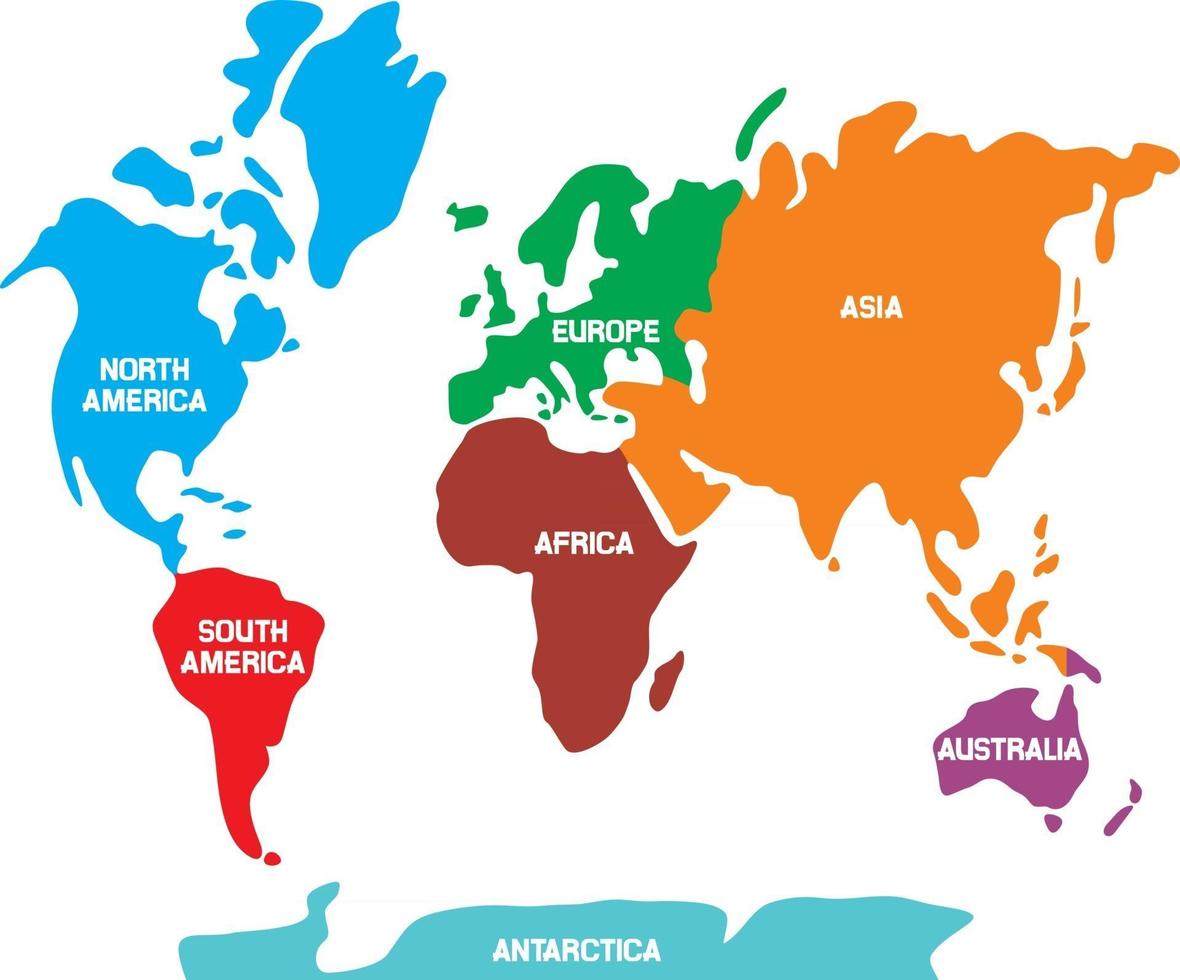
A continent is any of several large geographical regions. Continents are generally identified by convention rather than any strict criteria, it could be a single landmass or a part of a very large landmass, as in the case of Asia or Europe.
There is great variation in the sizes of continents; Asia is more than five times as large as Australia. The largest island in the world, Greenland, is only about one-fourth the size of Australia. The continents differ sharply in their degree of compactness. Africa has the most regular coastline and, consequently, the lowest ratio of coastline to total area. Europe is the most irregular and indented and has by far the highest ratio of coastline to total area.
The continents are not distributed evenly over the surface of the globe. If a hemisphere map centered in northwestern Europe is drawn, most of the world’s land area can be seen to lie within that hemisphere. More than two-thirds of the Earth’s land surface lies north of the Equator, and all the continents except Antarctica are wedge-shaped, wider in the north than they are in the south.
The distribution of the continental platforms and ocean basins on the surface of the globe and the distribution of the major landform features have long been among the most intriguing problems for scientific investigation and theorizing. Among the many hypotheses that have been offered as explanations are: (1) the tetrahedral (four-faced) theory, in which a cooling earth assumes the shape of a tetrahedron by spherical collapse; (2) the accretion theory, in which younger rocks attached to older shield areas became buckled to form the landforms; (3) the continental-drift theory, in which an ancient floating continent drifted apart; and (4) the convection-current theory, in which convection currents in the Earth’s interior dragged the crust to cause folding and mountain making.
Geological and seismological evidence accumulated in the 20th century indicates that the continental platforms do “float” on a crust of heavier material that forms a layer completely enveloping the Earth. Each continent has one of the so-called shield areas that formed 2 billion to 4 billion years ago and is the core of the continent to which the remainder (most of the continent) has been added. Even the rocks of the extremely old shield areas are older in the center and younger toward the margins, indicating that this process of accumulation started early. In North America the whole northeast quarter of the continent called the Canadian, or Laurentian, Shield is characterized by the ancient rocks of what might be called the original continent. In Europe, the shield area underlies the eastern Scandinavian peninsula and Finland. The Guiana Highlands of South America are the core of that continent. Much of eastern Siberia is underlain by ancient rocks, as are western Australia and southern Africa.
NATIONALITY
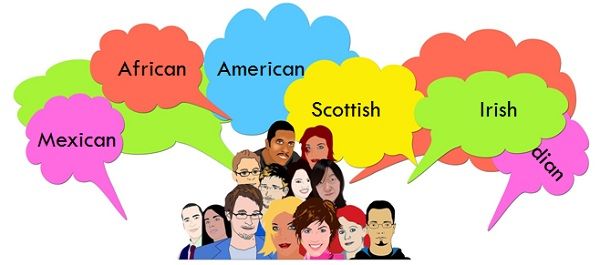
Nationality is a legal identification of a person in international law, establishing the person as a subject, a national, of a sovereign state. It affords the state jurisdiction over the person and affords the person the protection of the state against other states.
Your nationality is the country you come from: American, Canadian, and Russian are all nationalities. Everyone has a gender, race, sexual orientation…and nationality. A person’s nationality is where they are a legal citizen, usually in the country where they were born.
There are 223 nationalities in the world and some countries have ethnic variants of nationalities. As with citizenships, there are 195 citizenships given that there are 195 countries in the world. In reality, some of those countries do not allow dual or multiple citizenships
EAST AND WEST WORLD
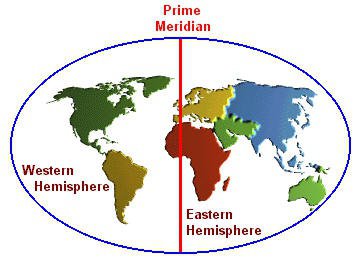
Eastern culture includes Asia and the Middle East, while the western world includes South and North America, European countries, New Zealand and Australia. The East and West have many differences based on their culture which is reflected in people’s attitudes and behavior
‘Weird’ minds
Until recently, scientists had largely ignored the global diversity of thinking. In 2010, an influential article in the journal behavioral and brain sciences reported that the vast majority of psychological subjects had been “western, educated, industrialized, rich and democratic”, or ‘Weird’ for short. Nearly 70% were American, and most were undergraduate students hoping to gain pocket money or course credits by giving up their time to take part in these experiments.
The tacit assumption had been that this select group of people could represent universal truths about human nature – that all people are basically the same. If that were true, the Western bias would have been unimportant. Yet the small number of available studies which had examined people from other cultures would suggest that this is far from the case. “Westerners – and specifically Americans – were coming out at the far end of the distributions,” says Joseph Henrich at the University of British Columbia, who was one of the study’s authors.
Cultural Vantage Points
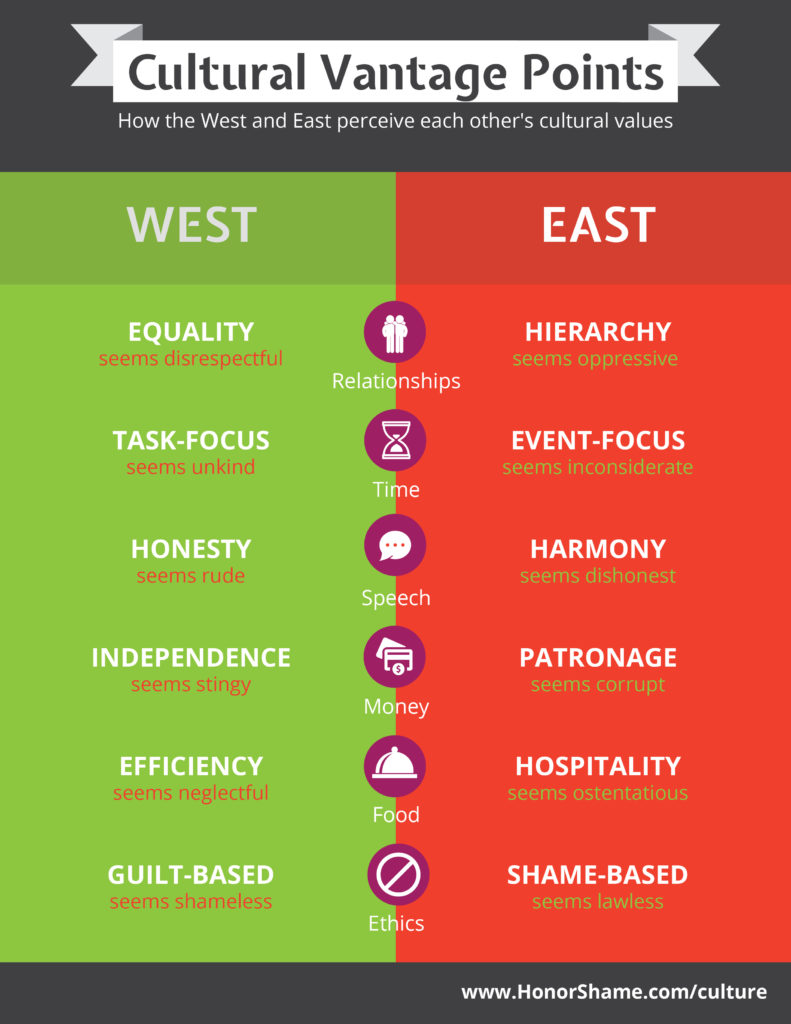
The following cultural vantage points will shed some light on the cultural differences between the west and the east.
In western culture, relationships are not hierarchical and everyone is considered to be equally important and respected irrespective of their age or professional qualification, whereas, in eastern culture, people who are older or have higher professional qualifications are considered to be more respectful and important.
Moreover, in the west, people are more task-focused when it comes to spending time, that is, they see time as money and want to get their tasks done without wasting any time, whereas, in the east, people are more event focused and love to spend their time on building relationships.
When it comes to speech, people in the west are honest, whereas people in the east value harmony over honesty, that is, they would rather speak the lie and maintain harmony in the relationship than speak the truth.
Also, westerners are independent and do things themselves, on the other hand, eastern culture has different levels of society, and people in a higher level of society hire people from a lower level of society and help them monetarily.
Considering food, eastern culture is famous for its hospitality, whereas westerners view the same hospitality as ostentatious and prefer to be efficient which easterners view as inconsiderate.
Then there is a difference in ethics, how something is considered to be right or wrong. In eastern culture, ethics are based on honor and shame. If something brings honor to your society then it is considered to be right and if something brings shame to your society then it is considered to be wrong. Such is not the case in western culture. In western culture, ethics are strictly based on law. If something follows the law it is considered to be right and if something breaks the law it is considered to be wrong.
Another good cultural model that will help you paint a clear picture of cultural differences is Hofstede’s Cultural Dimensions Theory
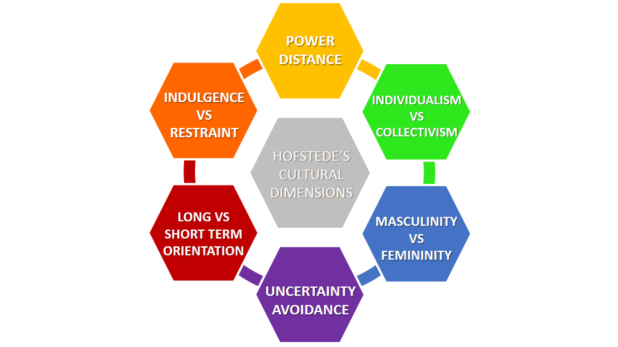
Hofstede’s Cultural Dimensions Theory
Hofstede’s Cultural Dimensions Theory is a cross-cultural model that divides countries into six categories.
The dimensions used by Hofstede to distinguish Indian and American cultures are shown below.
According to Hofstede’s graph, the acceptance of hierarchy and unequal power distribution is greater in India than in the United States. Personal independence is also valued more highly in the United States than in India.
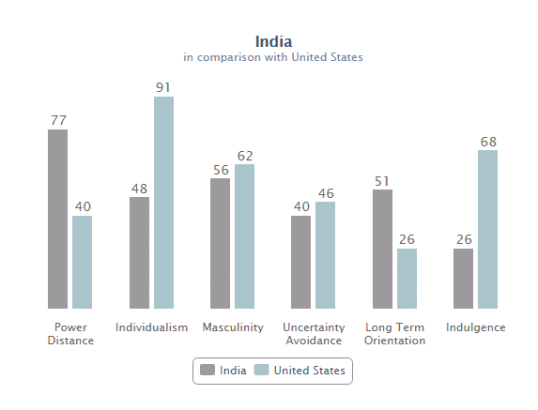
There is no doubt that western culture is very different from eastern culture, and to find a job and succeed in America, you’ll have to do things the American way.

Consider the two sports, cricket and baseball, which both use a bat and a ball to score runs. However, the number of players involved, the type of playing field, and the rules of the game are all different, and if you play baseball using cricket rules and strategies, you will most likely lose. To win, you’ll need to understand baseball and its rules.







